The Ultimate Guide to Merino Wool
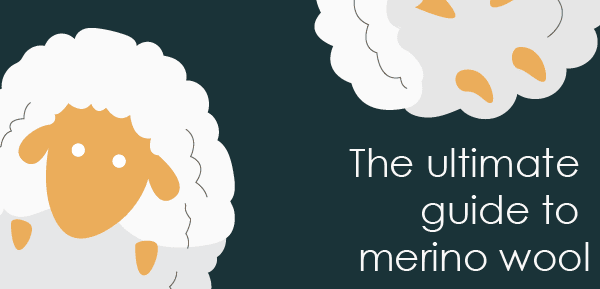
Technical gear is made from dozens of materials and fibres. It’s dyed, woven, and sewn into millions of pieces of clothing designed to keep us comfortable while we play, train, and explore.
We all have probably heard the saying, “cotton kills.” There’s been a long-standing debate over how, or more importantly, what, technical gear should be made from. This hot topic has mainly has revolved around wool vs. synthetics.
Wool has been around for centuries. Nomadic cultures have been harvesting it for hundreds and thousands of years. George Mallory climbed Mt. Everest in wool knickers back in the early 1920s, and this natural textile has protected explorers as they’ve sought out every corner of the planet since time immemorial.
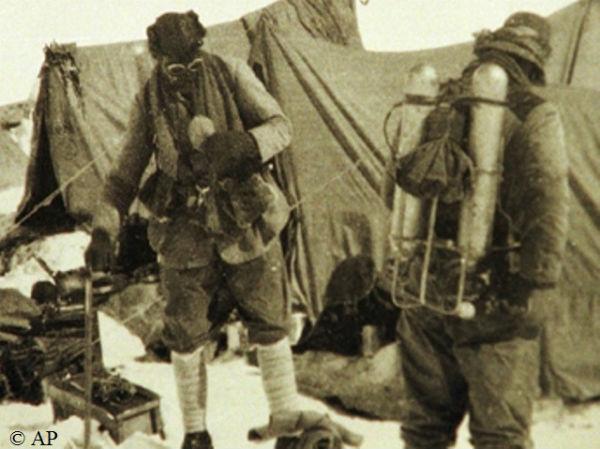
It’s only been in recent decades that man-made fibres like nylon or polyester have edged their way into the world of technical gear. These newer materials have been touting to be better, cheaper, and more comfortable than traditional garments.
However, wool, more specifically merino wool is making a big comeback in the active and outdoor enthusiast's landscape. It demands you take a look and learn what wool advocates are shouting from the roofs and feel the difference for yourself.
This article was written to put an end to the debate and explain why merino wool remains king in a world where every piece of gear is meticulously engineered for a specific purpose.
Key conclusions
- Merino wool is soft and comfortable
- It doesn’t stink
- It’s easy to wash
- It’s pricey but has value
- Next time you need technical clothing you should buy merino wool
Table of contents
- What exactly is merino wool?
- All wool is not created equal
- Science time - Merino wool’s moisture management
- How does loft impact merino wool
- The strength and resilience of merino wool
- No more stink - Merino wool’s natural odour resistance
- Ditch the itch - Merino is not your dad’s wool
- Other astounding merino wool benefits
- Should you buy merino wool?
What exactly is merino wool?
Simply put, merino wool is the natural fibre or fleece that merino sheep grow. It's the fluffy white stuff many of us just consider the sheep’s hair or fur.
Merino sheep originated in Spain back in the 12th century. They were so prized that there was an official ban on exporting them. By the 1700s, however, the ban had lifted and the breeding of these sheep had become popular in Australia, where the common merino sheep began to be specifically bred for their fine wool.
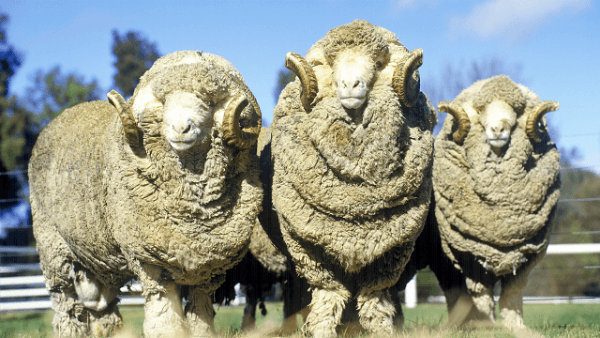
Today, merinos are bred in New Zealand, Australia, the United States, and South America. They are highly prized for their super soft and superfine wool which allows them to live in foreboding climates where regular sheep would fail to thrive.
A merino sheep’s fleece is breathable in summer, insulating in winter, and exceptionally lightweight, making them ideally built for the extremes. This is also the reason why their fleece is the perfect fibre to create the best active wear and clothing.
All wool is not created equal
To get technical for a second, there are many kinds of wool. What makes wool unique as a fibre is each individual strand’s physical characteristics.
Wool fibres are measured in microns, the smaller the diameter, or the lower the micron measurement, the finer the wool. Finer wool is softer and more expensive than coarser or larger diameter wool.
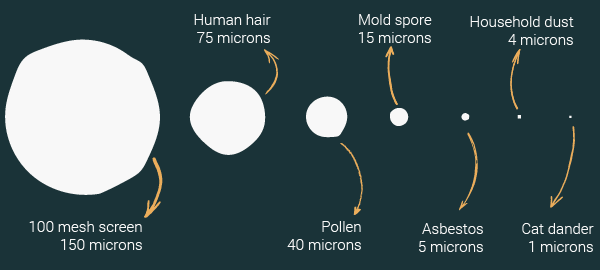
Regular coarse wool can be 40 microns or more. Merino wool, however, is much finer, starting at about 24 microns all the way down to 15 microns. Human hair is about 75 microns, so merino wool can be five times finer than human hair.
Merino wool's small diameter packs the same warmth and wicking abilities as standard wool but it tends to be much more comfortable and itch-free. We’ll explain the itch factor later on.
Science time - Merino wool’s moisture management
Interestingly, merino wool manages moisture better than any other fibre, making it perfect for technical gear, base layers, socks, and outerwear.
Moisture management is crucial when it comes to technical or active apparel. The ability for your clothing to “wick” and “breathe” is referring to the ability of a fabric to allow moisture (sweat usually in the vapour state) to move from an area of higher humidity (your skin) to an area of lower humidity (the air around you).
The goal here is to remove the moisture on your skin, keeping you dry and comfortable as you heat up from physical activity. Merino wool fibres are perfectly designed for this task and do it better than other natural or synthetic fibres like cotton or nylon.
Merino can absorb and retain up to 30% of its own weight in moisture and still feel dry to the touch, whereas most synthetics feel wet after they absorb less than 7%.
This gets pretty technical to explain but this keeps merino wool from feeling clammy like synthetics begin to as you heat up.
Basically, wool has a waxy, scaly outer edge called the cuticle, which makes the fibres water repellent, while also allowing some moisture absorption to happen through the scale ridges.
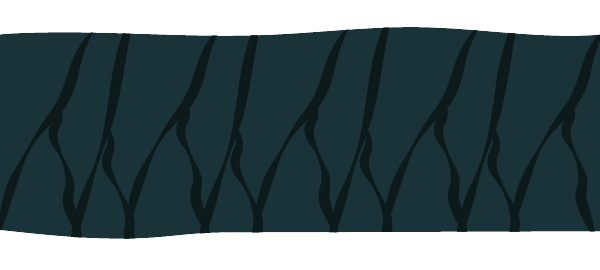
Heating properties
As wool takes in moisture, there’s a reaction that takes place between the vapour and the cells of the fibres which then releases heat. This is called the heat of sorption, and experiments have shown that one kilogram of merino wool can release as much heat over 8 hours as an electric blanket through this natural process.
This is what helps merino wool keep you warm. Through exertion the body warms up and creates water vapour, which the wool begins to absorb, trapping the moisture and the heat inside the fibres. Instead of feeling wet or clammy, it feels warm and dry.
Cooling properties
While merino wool can keep you warm when it’s cold out, it also works double duty. The wool is also highly efficient at releasing body heat when you’re too hot, making it great for temperature regulation.
As the fibres saturate and absorb more than 30% moisture they begin to move excess moisture toward the less humid atmosphere or the ambient air around you. This movement of moisture outward is called wicking and it’s a crucial factor to any athletic apparel.
After moisture is “wicked” the fibres need to be ready to desorb (this is the opposite of “absorb”) and release the moisture. This is the breathability component that most technical gear touts, and is crucial to the cooling process as you continue to heat up from physical activity.
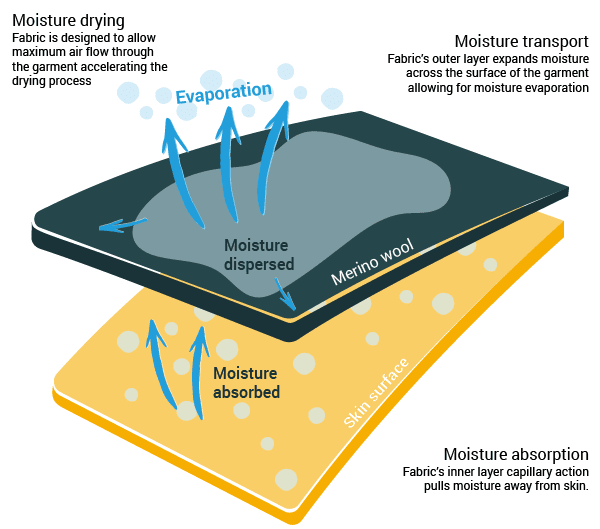
As the moisture hits the less humid air around us, merino wool begins releasing the trapped, moist vapour. The idea is that, as moisture moves from your skin, it absorbs into the fabric’s fibres. Eventually, it desorbs or evaporates into the air around you and you begin to cool through the process of evaporative cooling.
As we mentioned, nylon and polyester wick moisture much in the same fashion, but merino wool beats synthetics in both wicking and breathability because of its ability to retain more moisture relative to its weight while continuing to feel dry for a longer period of time. It can also be absorbing and desorbing at the same time, keeping you warm or cool while efficiently moving moisture away from your skin.
If a piece of gear is not breathable enough, meaning it cannot shed excess moisture fast enough the fabric becomes damp which can feel cold and clammy against your skin.
As you start to work harder, the evaporative cooling effects of merino wool begin to speed up in an effort to move as much moisture away from your skin as possible. Here’s a more in-depth explanation of this process if you’re the scientist type.
Because of merino’s wicking and breathable properties, it’s arguably just as good of a summertime material as it is in winter. Merino works across a range of temperatures by keeping you insulated when cold, but cool, dry, and ventilated as you start working up a sweat.
How does loft impact merino wool?
Wool also has a natural crimp to its fibres, they are not straight like synthetic fibres, giving it natural loft. Loft is the space created between fibres because of these crimps. Think of a piece of corrugated metal, in merino wool these crimps create millions of tiny air pockets just like that piece of metal. This is called loft.

These air pockets, or loft, act as insulators, holding warm air much like how a down jacket or quilted blanket retains warmed air between the feathers or quilt batting. The point of loft is to allow as much air as possible into the voids since air retains moisture and temperature.
The loft of merino wool traps heat efficiently, making it warmer than a synthetic material of the same weight since again, synthetic fibres don’t naturally have the lofting crimps that wool does.
The strength and resilience of merino wool
Merino wool has a complex structure mostly made of interlocking protein molecules known as keratin. Keratin is the same protein present in our skin and hair giving it strong yet flexible characteristics, which some claim can be stretched or bent over 30,000 times without damage.
The crimp in merino wool that gives it the loft we were talking about earlier also gives it a natural elasticity which leads to its flexibility and ability to retain its shape and feel over its lifespan.
Although there has been some debate over merino wool’s durability in activewear, it’s been mainly in reference to super lightweight and thin pieces designed for hot weather. But ultralightweight synthetics have had similar feedback so this criticism may have to do with the extremes we’re willing to go to in terms of weight and material thickness.
Heavyweight apparel, specifically merino wool socks, are a different story. When knitted densely and with enough heft, merino wool has proven to be long-lasting and durable through years of abuse.
Of course, keeping your favourite pieces of merino wool spick and span will help to extend the life of your garment. So be sure to clean them regularly to keep them soft and pliant, which will ensure they are as strong as possible.
No more stink - Merino wool’s natural odour resistance
All this moisture management, wicking, and breathability talk also adds to merino wool’s ability to combat odour. If you own a nylon or polypro base layer you know how funky those can get after a hard workout.
Sweat doesn’t actually smell bad as it is naturally emitted from our bodies. The stink, meanwhile, comes from bacteria that instantly starts to grow in moist environments by eating the fats and salts our sweat carries.
Merino ditches the stench because these odour-causing bacteria required to produce bad smells just can’t thrive. They need moisture and that moist environment just doesn’t last long enough to allow them to multiply when it comes to merino wool.
Now, if you try hard enough or neglect your merino wool it can begin to stink. Leaving your merino in a damp, warm place like your hamper can make it a little funky, but with normal use, you can wear merino wool layers for multiple days without them becoming smelly or feeling dirty.
All these characteristics make merino wool the perfect option for not only your daily workout but also for multi-day adventures or travel. It’s even a great layer under your button down if you’re worried about a big meeting at work or if you have a hot date.
So run harder, lift heavier, and pedal faster without having to worry about odour, we promise you your workout partners or road trip buddies will thank you for upgrading your old bergelene to soft, comfy, smell-free merino wool.
Ditch the itch - Merino is not your dad’s wool
We all probably hated wool sweaters when we were kids. Our parents or grandparents would buy them for us for Christmas and they were so uncomfortable to wear. Merino wool is a different story.
Like we mentioned earlier, merino wool fibres are between 15-24 microns thick, and the uncomfortable feeling of traditional wool is because the 40 micron fibres on your dad’s old sweater are less flexible, and the scales are more pronounced, resulting in a slight prick when rubbed against your bare skin that we perceive as itchy.
Here's a diagram of popular fibres used in clothing today, you can easily see the difference in traditional "coarse wool" compared to other natural and synthetic fibres.
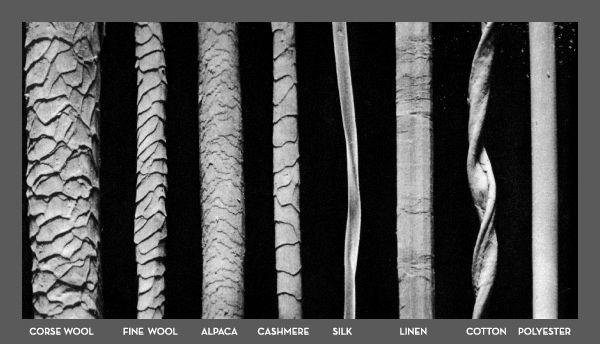
The finer more flexible fibres of merino wool softly bend when pressed against the skin and don’t prick you, leaving your bare skin happy and itch free. Their elastic nature also helps them shape to your body adding to their performance and comfort.
A high-end merino wool shirt feels softer to the touch and lighter in weight than cotton clothing with a similar thickness, true fact!
That said, some people with sensitive skin may still find merino clothing irritating. So it’s still worth trying on different brands just to see how they feel before you drop your hard-earned money on a nice merino quarter zip.
Other astounding merino wool benefits
UV resistance
Another huge benefit of merino wool is that it's naturally ultraviolet or UV resistant. In multiple studies, merino wool absorbs both UV-A and UV-B radiation better than untreated cotton, nylon, acrylic, and silk fabrics. This is important because although counter-intuitive, clothing does not provide complete UV protection.
Many clothing manufacturers are adding in Ultraviolet Protection Factor (UPF) elements into their products, but merino wool does this naturally without added chemicals or additives.
Naturally static resistant
Thanks again to merino wool’s ability to retain moisture, it’s also fairly static resistant. Static electricity cannot build up when moisture is present.
Since merino wool retains moisture better within its fibres than other materials, you won’t get those sharp static sparks or static clinginess which adds to merinos wool’s comfortable nature.
Maintenance and cleaning
We’ve all been nervous to wash our wool clothing. Images of shrunken sweaters from our childhood continue to propagate fear even in the most experienced wool aficionados among us. Merino is easy to clean though.
The majority of merino products are machine washable and many can be tumble-dried. We still suggest caution when washing merino clothing and apparel. Wash in cold water, as we’d suggest for most technical gear, and consider line drying just to be safe. After all, any piece of clothing can be shrunk.
Eco-friendly
Like we mentioned above, merino wool is made out of keratin, a natural protein that is also in our own hair and skin. So, like our hair and skin, they are biodegradable, grown from a renewable source, and 100 percent natural.
Synthetic materials like nylon and polyester are made from plastics and have a much larger carbon footprint than similar items made from wool.
High costs of merino
There are tonnes of benefits to merino wool. The one downside is that it’s expensive. A quality pair of merino wool socks can tip the scales at over $30, and a long sleeved base layer can easily be over $100. Cost is really the only argument against merino wool but cost does not always equal value.
Merino wool historically was controlled by a few big players like Smartwool, Ice Breaker, and Ibex. But today REI, Patagonia, LL Bean and dozens of smaller retailers are creating merino wool offerings too.
You might still pay about 50% more for merino compared to synthetics, but merino is continuing to become more affordable as time goes on. If you take care of your merino wool pieces, they will perform consistently for years to come and you’ll feel their value every time you put them on.
Should you buy merino wool?
If you are engaged in an active lifestyle, the simple answer is yes. You should at least consider merino wool the next time you need a new piece of technical gear.
Merino is great on the ski slopes or high up on chilly ridges, but it’s also amazing for mid-summer runs, sweltering Moab mountain biking, and travelling around the globe. It’s also comfortable enough to lounge in and can be refined enough for the office.
You can find socks, underwear, hats, gloves, base layers, mid layers, and even technical outerwear made from merino wool. It comes in a wide variety of weights and thicknesses, ensuring there's a piece for any activity in any climate.
Merino wool, as mentioned earlier, doesn’t stink and it doesn’t itch. It’s also easier to wash than traditional wool and it's right at home at the gym or on multi-day backcountry adventures.
Although it’s designed to perform, merino wool remains comfortable enough for everyday use. The high price tag, at first, can be hard to swallow, but you can utilise your merino wool in just about every scenario, every day, and rest assured you’ll be comfortable.
Merino wool is typically marketed mostly to folks spending a lot of time outdoors, wandering in nature, and honing in their trail skills. Nevertheless, in the end, just about anyone can benefit from nature’s miracle fibre.
***Feel free to use material from this page on your site, but please refer back to this original source. Reach out to the author at paul@runrepeat.com if you have usage questions or interview requests.
